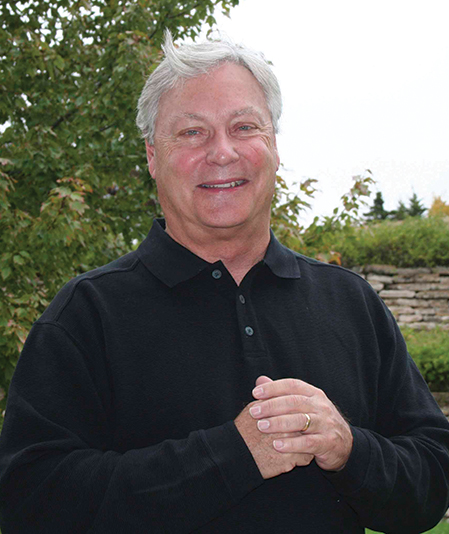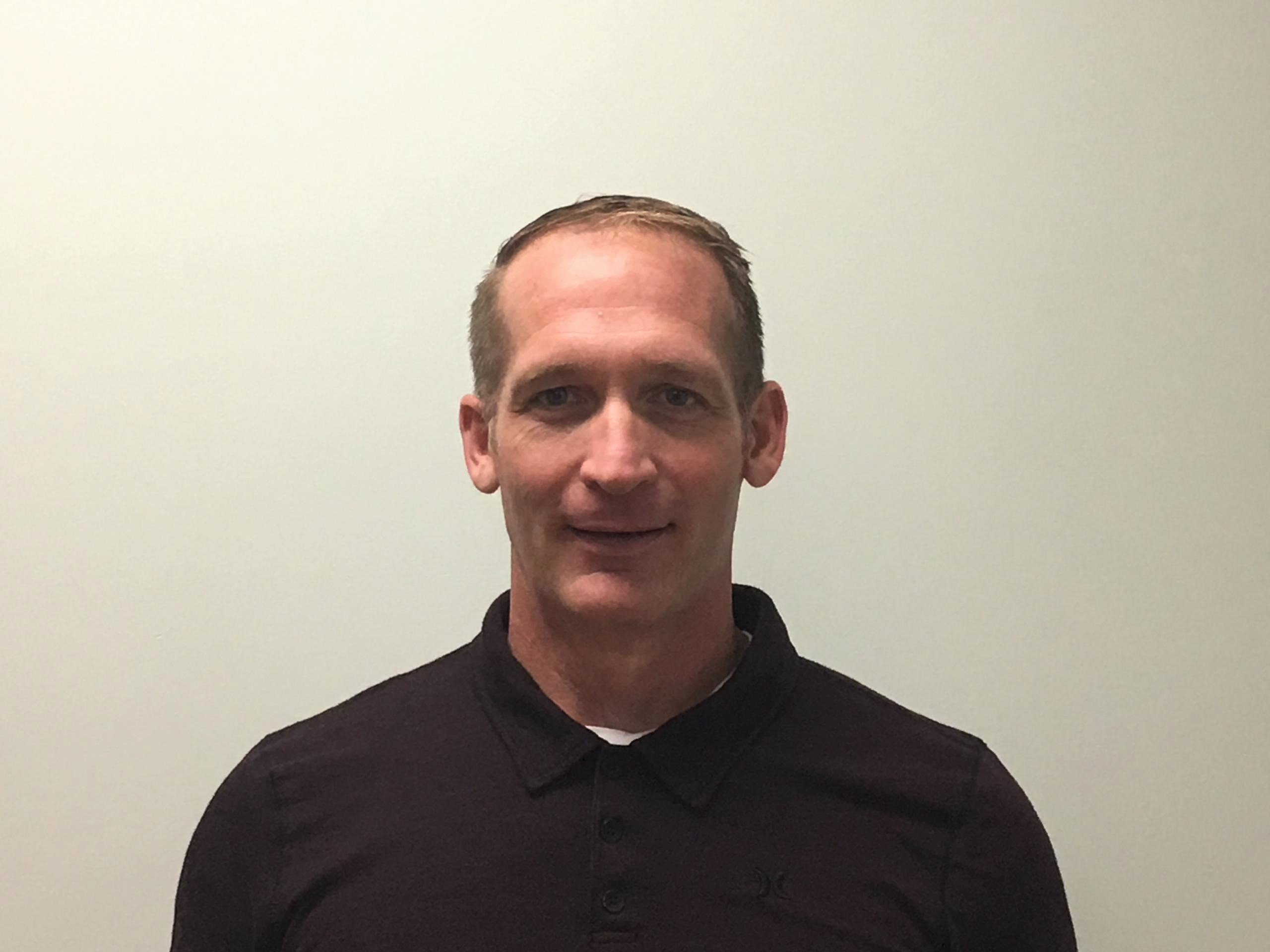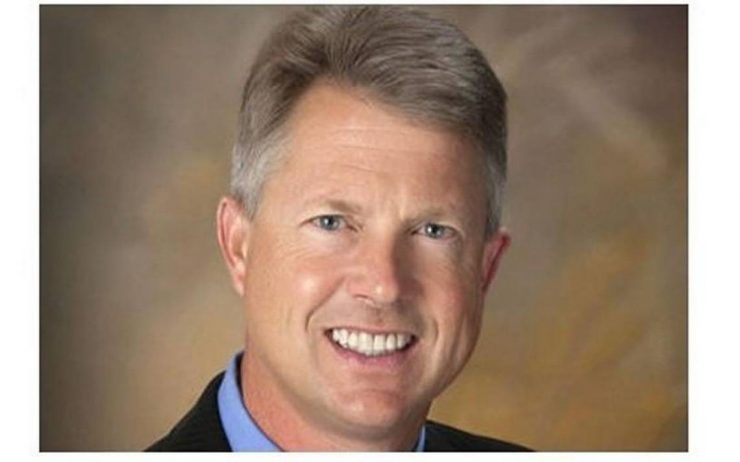By Richard B. Myers and Matthew Daniels
“The best victory is when the opponent surrenders of its own accord. It is best to win without fighting.”
– Sun Tzu, “The Art of War”
One day soon, the world will hopefully see the end of the carnage in Syria. But as important as this military victory will be in the struggle against ISIS, the real war against the idea virus of Islamist extremism will continue.
Although written approximately 500 B.C., Sun Tzu’s sage advice still informs modern military doctrine, and for good reason: Convincing your opponent not to fight you is invariably a better alternative to engaging in combat.
If we fight the global war on terrorism primarily or exclusively by force of arms, the civilized world will never win. It will go on interminably, costing time, treasure, lives and human potential. If we are to heed Sun Tzu’s counsel then, we must reduce or eliminate the desire of potential future terrorists to engage in armed conflict.
The Berlin Wall came down without a bullet being fired or a bomb being dropped because victory was achieved in the war of ideas against Marxist totalitarianism in Eastern Europe. The route to enduring victory against Islamist totalitarianism will require us to travel the same path.
In the global war on terror, ideas matter immensely. Someone convinced about the truth of an idea will make it a part of his or her organic self, inoculating them to competing false ideas. As a vaccine inoculates the body against disease, so the mind can be inoculated against the destructive idea virus of violent jihadism.
In fighting the Cold War, Communist ideology was defeated not by bullets or missiles but by ideas that challenged that ideology’s fundamental coherence and validity. This was central to our plan for undermining Soviet tyranny in the Eastern Bloc. Such ideas created cognitive dissonance, which was key to undermining the legitimacy of Soviet dominance. Ultimately, the ideological edifice of the Soviet empire collapsed of its own weight.
While the defeat of the Islamic State’s ambitions in Raqqa is essential, ISIS, al-Qaeda, Boko Haram, al-Shabab, Abu Sayyaf and other extremist groups will continue to win adherents online. As we look at the carnage of the recent Mosul campaign and the impending loss of life in the effort to retake Raqqa, it would be better if we could convince potential recruits that what they find appealing is a deception. Beyond that, they need to see that their hopes for a better world can best be achieved through transcendent values that are antithetical to violence. This is the only path to lasting victory — for them and for us.
Unfortunately, many in the West have succumbed to the so-called multiculturalist position that such transcendent values do not exist. They are tragically wrong. And addressing that error is the beginning of finding a path to victory in the war on terror.
What transcendent principles would guide such an effort? The world has already come to a consensus on them when it adopted the Universal Declaration of Human Rights. The most translated document in history, every country in existence in 1948, when it was drafted, has ratified it save Saudi Arabia. Because the declaration’s text is the result of a global consensus, it stands in stark contrast to the Islamist assault on human dignity and civilization itself. What’s more, the broad appeal of such a message has already been demonstrated.
In one year, and with only a small cadre of volunteers, universalrights.com/ has already drawn more than 13 million viewers online to its message of universal rights premised on the principles articulated in the Universal Declaration of Human Rights. Spreading the message about these principles through a concerted effort similar to what was done during the Cold War would expose the bankruptcy of the Islamist ideology and its ability to attract followers would wither.
In light of this, we should reassess our strategy for victory and reallocate our resources accordingly. Right now, our enemy is using asymmetric tactical warfare to attack our “centers of gravity.” At the same time, we are cutting resources for “soft power” initiatives and investing heavily in combat arms. Instead, our response should be to go after the Islamists’ most important center of gravity: their ability to enlist new members. We must demonstrate the bankruptcy of the terrorists’ ideology — through the dissemination of superior ideas — and thereby syphon off their ability to recruit adherents. The idea virus of Islamist extremism is best destroyed through the attrition of its adherents.
As in the case of the Cold War, we now need an approach that takes the war of ideas at the heart of the war on terror seriously. Doing so would save lives and resources by turning some of our potential enemies into friends. The Universal Declaration of Human Rights contains a proven message that can serve as the touchstone for such an effort, and digital social media is the proven, cost-effective mechanism by which it can be disseminated to the primary pool of potential recruits. If we’re smart about it, we can turn the tables on our opponent and use such resources against him.
Ideas matter, and the spread of good ideas will achieve far more positive, sustainable results than anything a drone strike will ever be able to accomplish. That’s not only how we can win without endless war — it’s really the only way to win.
About the authors: Richard B. Myers, a retired Air Force general, is president of Kansas State University and former chairman of the Joint Chiefs of Staff. Matthew Daniels, J.D., Ph.D., is the chair of law and human rights at the Institute of World Politics in Washington, D.C.
























 Imagine a tax system so simple that 90 percent of Kansans are able to file their taxes on the back of a postcard! By providing relief to working Americans in the form of lower rates and doubling the standard deduction, families will be keeping more of their hard-earned income. 80 percent of folks in the Big First take the standard deduction when filing their taxes, which means they will see an immediate improvement. And the bill expands the child tax credit from $1,000 to $1,600. The average American family of four making a household income of $59,000 will see a $1,200 savings to put towards groceries, a mortgage, or even student loans.
Imagine a tax system so simple that 90 percent of Kansans are able to file their taxes on the back of a postcard! By providing relief to working Americans in the form of lower rates and doubling the standard deduction, families will be keeping more of their hard-earned income. 80 percent of folks in the Big First take the standard deduction when filing their taxes, which means they will see an immediate improvement. And the bill expands the child tax credit from $1,000 to $1,600. The average American family of four making a household income of $59,000 will see a $1,200 savings to put towards groceries, a mortgage, or even student loans.